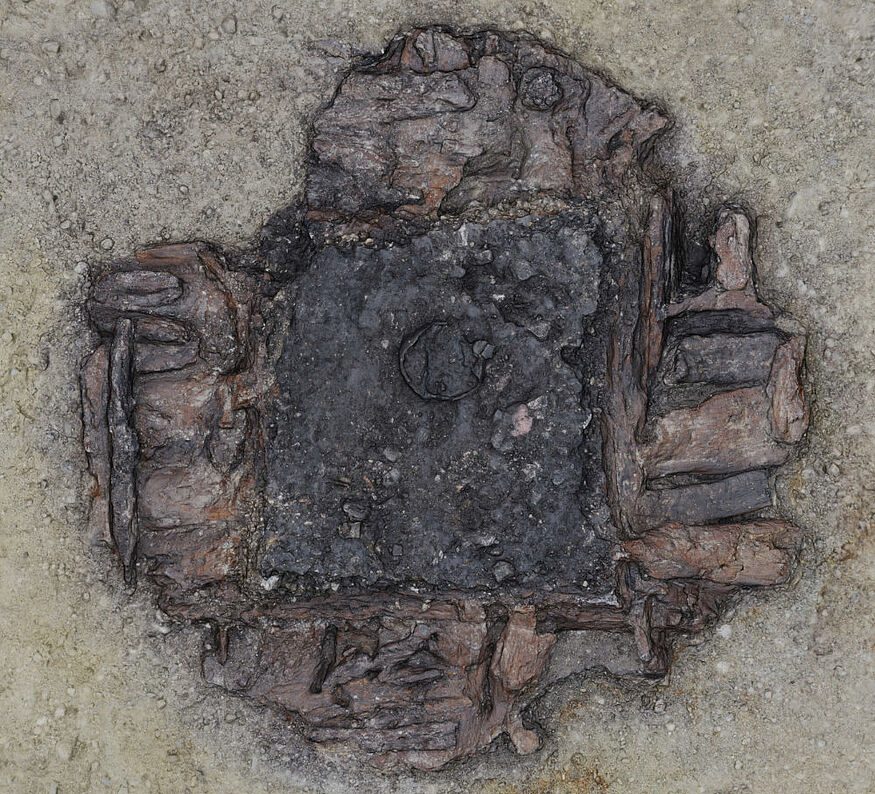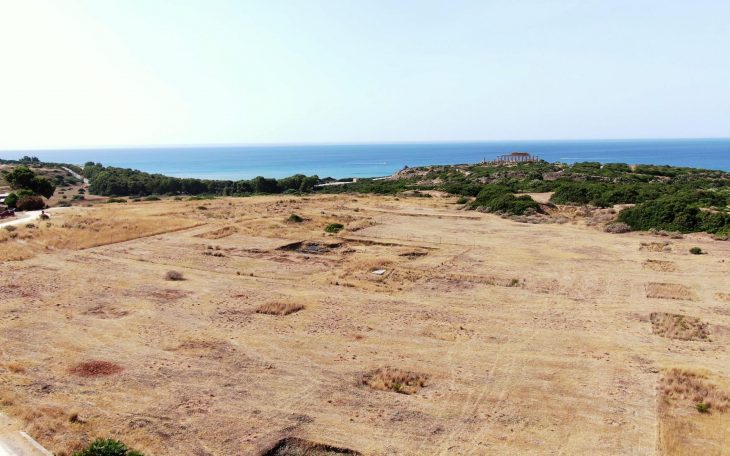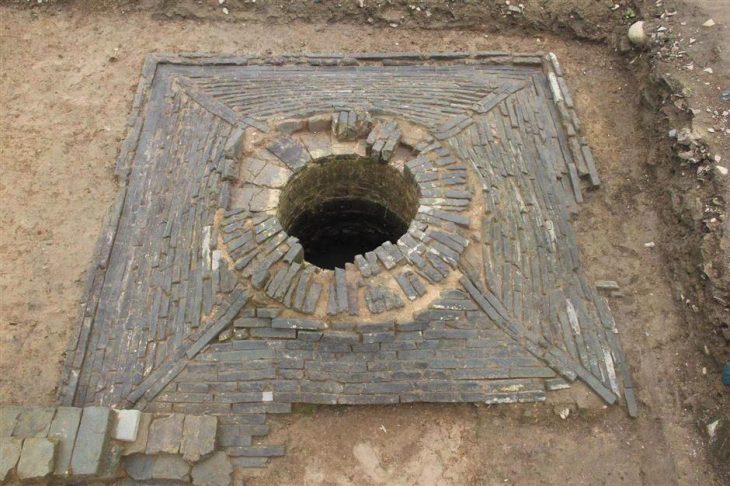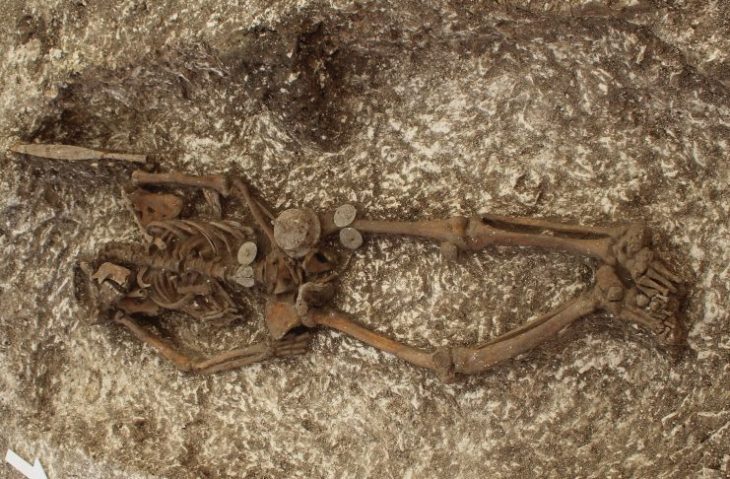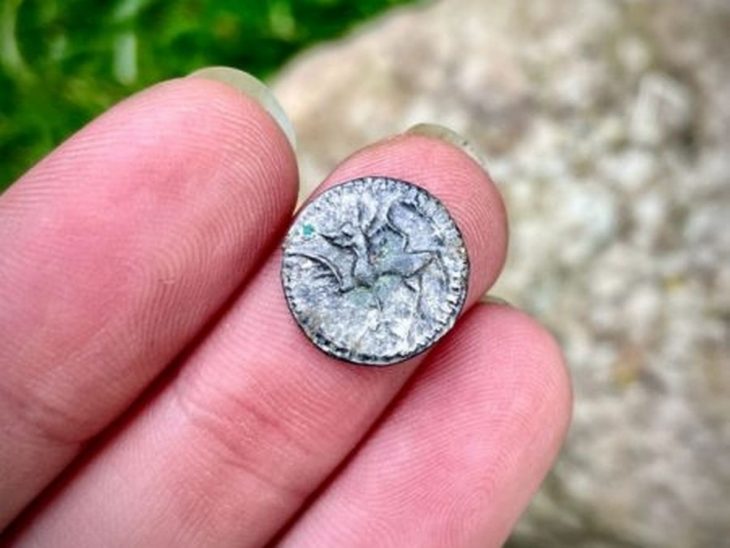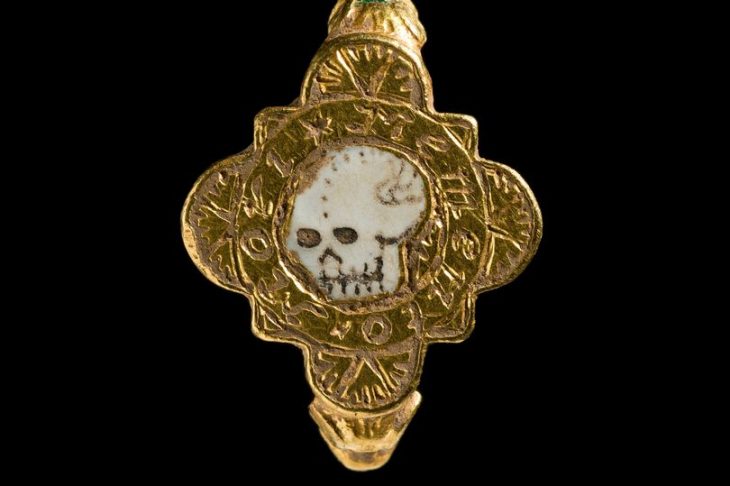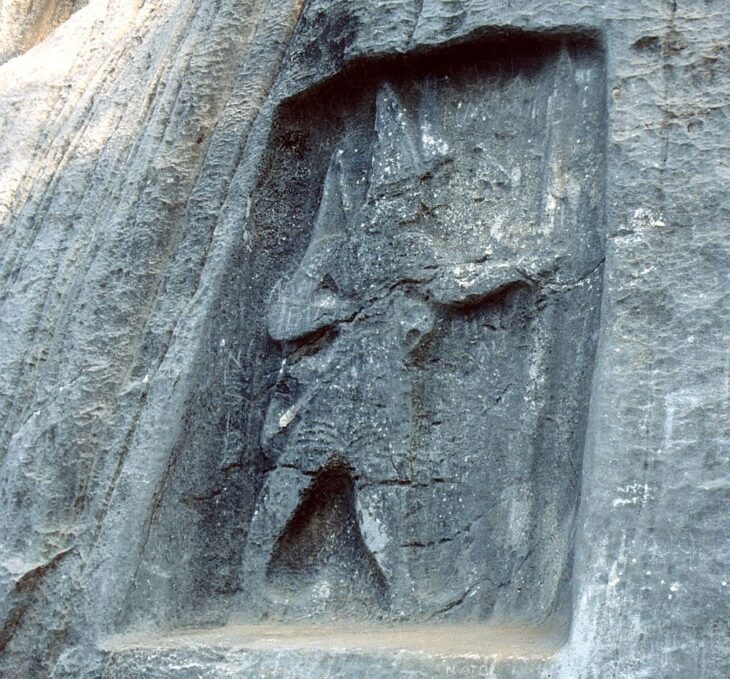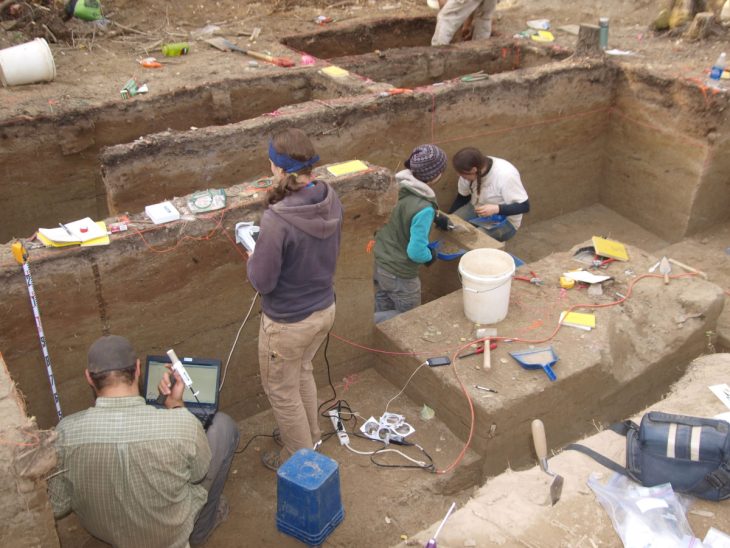In the town of Germering, in the Germany state of Bavaria, archaeologists have unearthed the remains of a well-preserved Bronze Age wooden well filled with ritual deposits.
People may have sunk jewelry and ceramics as offerings in the special water spring, similar to how coins are still thrown into so-called wishing wells today, according to the archaeologists.
The area of today’s town of Germering in Upper Bavaria was a settlement area early on. Numerous finds from prehistory and early history bear witness to this. Many new ones have been added since the beginning of 2021: In the run-up to construction work, numerous traces of settlements from the Bronze Age to the early Middle Ages were discovered on an excavation area of around seven hectares.
This also includes the remains of wells that were used by people of different eras to supply water. But one of the wells discovered on the site differed significantly from the others, reports the Bavarian State Office for the Preservation of Monuments (BlfD).

This wooden water point is dated to be more than 3000 years old and, at around five meters (16.4 feet), reached particularly deep into the ground compared to others.
“It is extremely rare for a well to survive more than 3,000 years so well. Its wooden walls have been completely preserved at the bottom and are still partly damp from the groundwater. This also explains the good condition of the finds made from organic materials, which are now being examined more closely. We hope this will provide us with more information about the everyday life of the settlers of the time,” adds Dr. Jochen Haberstroh, a responsible archaeologist at the Bavarian State Office for the Preservation of Monuments.
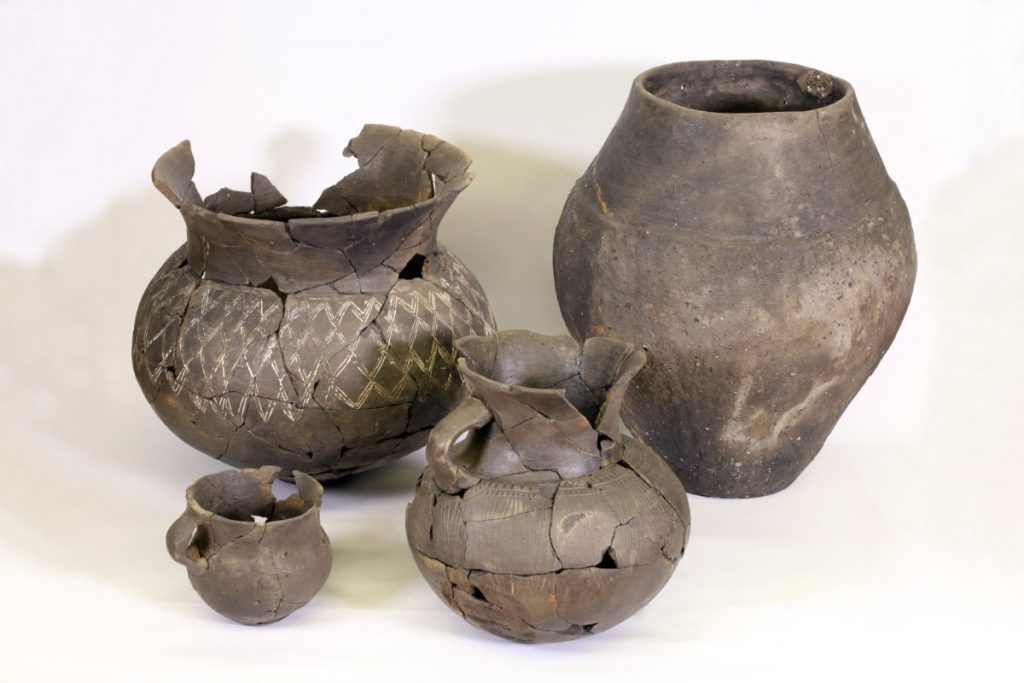
The team of archaeologists discovered in what was once the base of the fountain: 26 bronze clothing pins, a bracelet, two metal spirals, a mounted animal tooth, amber beads and more than 70 ceramic vessels. The archaeologists emphasize that this filling makes this well fundamentally different from the others on the excavation site.
These expensive items, which were typically discovered in Middle Bronze Age graves, were not items for everyday use (1800-1200 B.C.). The state they were in when discovered at the bottom of the well suggests they were carefully lowered into the water rather than dropped or thrown.
“Even today, fountains have something magical about them for many people. They drop coins in the hope that their wishes will be granted. We cannot exactly explain what motives our ancestors 3000 years ago made to offer jewelry and other valuable gifts. But it can be assumed that they were intended as sacrifices for a good harvest,” explains Mathias Pfeil from the BlfD.
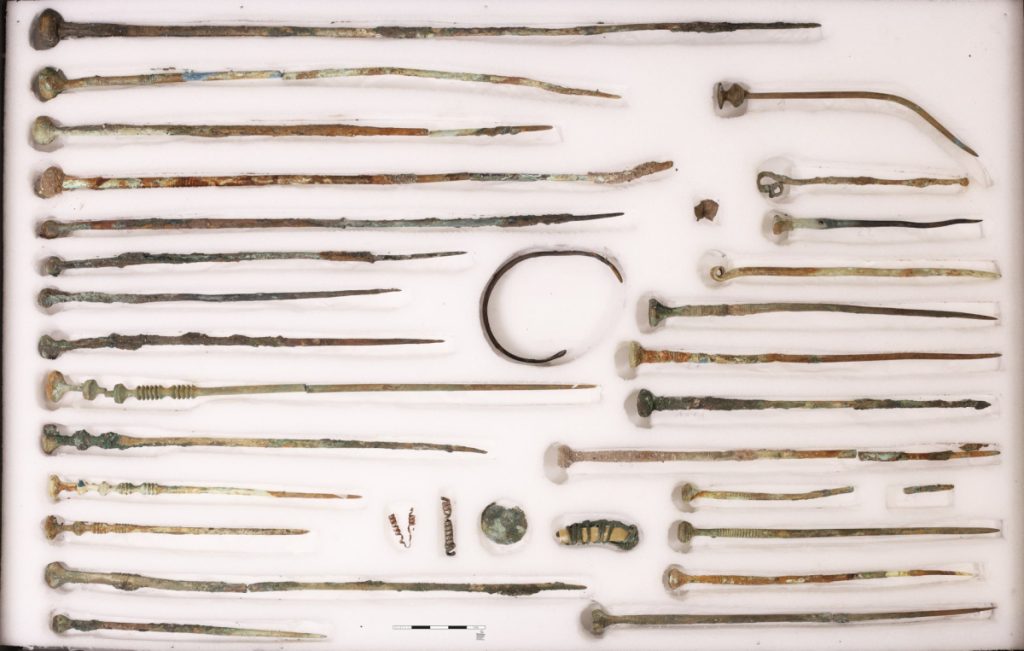
There may also be a clue in the unusual features of the well: “The depth of this well shows that it was used at a time when the groundwater level had dropped considerably, which indicates a long drought and certainly poor harvest yields. One can possibly see a reason why the people who lived here at that time sacrificed part of their possessions to their gods in this well,” says Marcus Guckenbiehl, city archaeologist and archivist of Germering.
Archaeologists have been working in advance of construction work for a letter distribution center on the site where the well has now been discovered since the beginning of 2021. The excavations are among the largest area excavations in Bavaria this year. In the meantime, scientists have documented approximately 13,500 archaeological finds, primarily from the Bronze Age and early Middle Ages. Some of the discoveries are currently being examined and conserved at the Bavarian State Office for Monument Preservation.

